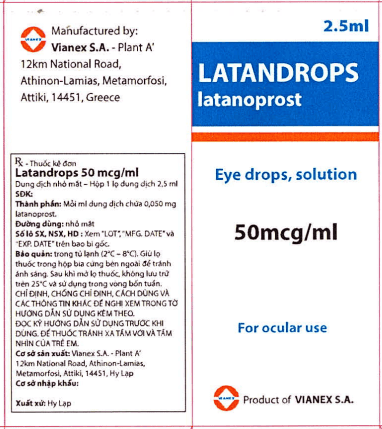This is an automatically translated article.
There are many causes of nystagmus. This is a symptom of abnormal eye movement. Nystagmus helps distinguish central from peripheral vertigo, so nystagmus can assess eye movement and test the muscles that control eye movement. . The article will help readers better understand the indications and meanings of electroconvulsive electroconvulsive recording.1. What is nystagmus electrocardiogram?
The nystagmus electrocardiogram is indicated when rapid spontaneous and normal eye movement, also known as eye movement, is needed to be assessed.Eye movement usually occurs when the patient moves the head. However, if you move your eyes while not moving your head or if you constantly move your eyes, it may be due to the impact affecting the inner ear, brain, and connecting nerves.
Electrocardiogram of nystagmus helps to assess the patient's eye, ear, brain ability when keeping balance when changing positions from standing to lying down for effective operation, and at the same time checking for abnormalities and damage in the eye. The ear, brain, and nerves connect the two areas.
2. When is the electrocardiographic test for nystagmus indicated?
When the patient previously had abnormal hearing or had tinnitus, dizziness for no apparent reason. Injury, indicated to do nystagmus test to determine the location of the injury. Patients with auditory neuroma, labyrinthitis, Usher syndrome, and Meniere's disease,... Patients with nystagmus may be indicated for computerized electroconvulsive recording. This identifies spontaneous nystagmus that is not detectable to the eye.
Bác sĩ sẽ chỉ định điện ký rung giật nhãn cầu khi người bệnh bị ù tai, chóng mặt không rõ nguyên do
3. Technique for performing nystagmus test
Before performing nystagmus: The patient should fast for four hours prior to the test. Do not drink coffee or alcohol for 24 to 48 hours before the test. The doctor will ask the patient not to take pain relievers, sedatives, or anti-vertigo medications before the test. Clean and remove earwax. If the patient is using hearing aids or glasses, bring them with them to the test. Procedure: The nystagmus electrocardiogram test can take 60 to 90 minutes.During the test, attach the electrode on the face, near the eye to record the nystagmus electrocardiogram, the movement is recorded on the chart.
Ask the patient to lie on his back, look out of focus through having the patient use 30 diopter glasses or Frenzel contact lenses to prevent focused vision, preventing vision fixation.
Ask the patient to slowly rotate to the left, then to the right. The direction and duration of nystagmus should be noted. Analysis will be performed during tracking on a series of objects moving out of view. As each object leaves the patient's view, the doctor will ask to look at the next moving object. Follow the movement up and down. Ask the patient to change body positions in different positions. Near the end of the nystagmus test, eye movements may be recorded while cold and warm water is placed in the patient's ear. In some cases, it may be possible to gently blow into the ear instead of using water.
This is the part of a test that can be done without using an electrode near the eye. However, these heat tests will not be performed if the patient has a unilateral perforated eardrum because the water used in the tests can seep into the middle ear, which can lead to infection.
4. Notes when performing nystagmus test
When there are signs of weakness, dizziness, nausea, need to report the condition, the nurse will ask the patient to lie down or sit for a few minutes. minutes to recover.
Khi thực hiện điện ký rung giật nhãn cầu, bạn không nên dụi mắt
Spontaneous eye movements of normal direction and intensity.
Abnormal test results: Test results are abnormal when nystagmus is present when the patient changes position, turns the head for a certain length of time, or the nystagmus lasts longer than normal. often.
The results of the test with heat are abnormal if the eye movement is reduced or there is no eye movement during the test.
Currently, there is no specific treatment for nystagmus. Depending on the specific cause of the disease, appropriate treatment methods are applied to improve the existing disease. When having symptoms of suspected disease, you should go to specialized medical facilities or a hospital of Vinmec Health System for a doctor to conduct a more specific examination and advice on the condition of nystagmus.













